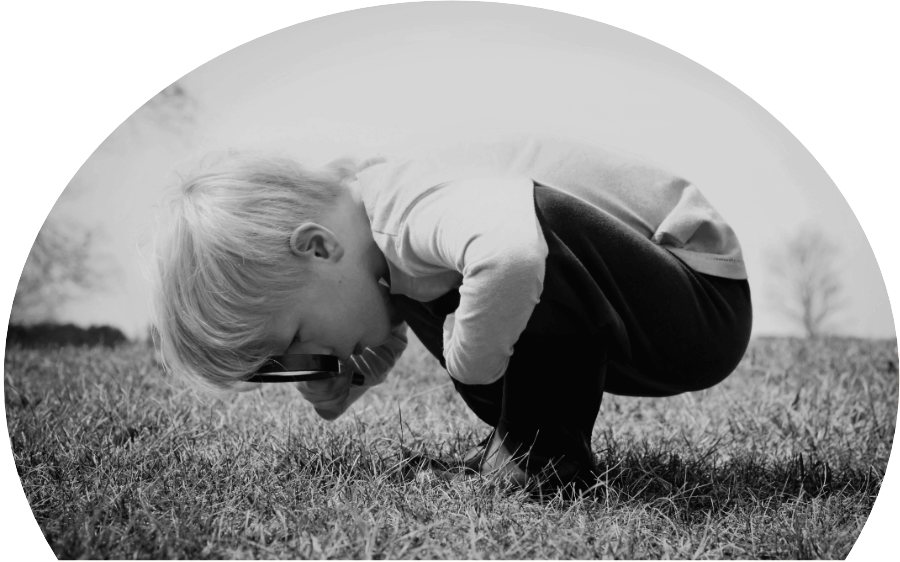Let’s Have a Good Look at Squatting



Traveling in Burma a few years ago I saw an old lady do exactly that. I watched her walk down the street, limping a little, as if her foot were hurt. She approached her friends, who were squatting near the entrance of their house. She simply squatted to the floor to join them—and looked quite relieved to finally rest.
She was quite old, I guessed past seventy. How could she have such limber legs? She must have rested in just that way throughout her life; it looked like a habitual pose. The muscles in the back of her lower legs lengthened all the way, to allow her heels to be on the ground. Her lower back totally let go. She reached her head up and looked around; she could lean forward and move from side to side as she talked.
Most of us in the West, as we become adults, cannot do that, even though the basic design of our body is theoretically the same as that lady’s. I myself had lost the ability to squat by my mid-twenties. I had no need to do anything like that. Squatting seemed awkward, even embarrassing. I would do it only when I had to, awkwardly, on the squatting toilets when traveling in Third World countries—and I gladly forgot about that.
My legs and back had lost the ability to stretch that much due to habitual sitting. As a college student, I had had no interest in exercise. All of that changed as I discovered Rolfing, yoga, and chi gong.
Today, squatting has become a routine stretching and even resting position for me. Squatting extends my lower legs and feet completely; it stretches my back. If I let my head gradually come forward and down, it releases my entire spine.
I recommend squatting to anyone who is willing to try it. It’s particularly useful for pregnant women: their back has so much to do, carrying the baby, that it could use the rest. Squatting is also a traditional birthing pose. Traditionally oriented midwives still use it.

Many people, unless they are yogis, are hesitant to try squatting because their bodies are very stiff. I recommend that they start slowly, placing a fat book under each heel (making sure the books have the same thickness). They can begin with their feet further apart, since people often cannot approach their legs closely when they start this. I patiently demonstrate, joking with them, so they can overcome their embarrassment. I recommend that they use less and less fat books to slowly stretch the backs of their lower legs and the bottoms of their feet. Of course, as healthy as squatting is, I am not sure it will become something normal to do while waiting at the bus stop.